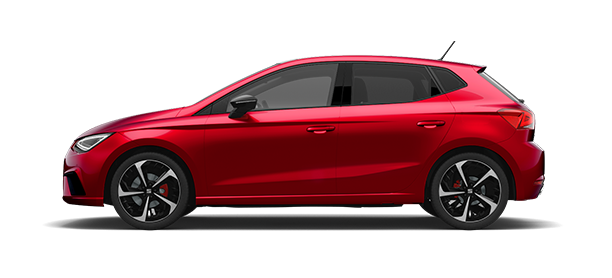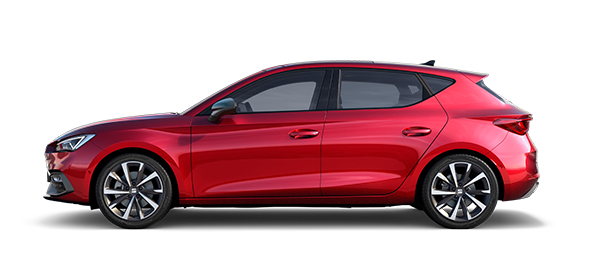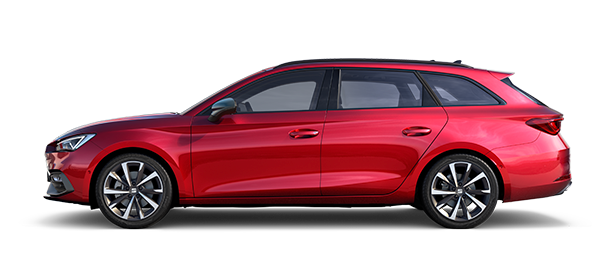Who didn’t play with a construction set as a kid? “It was exciting to open the box and find a pile of metal parts to start building with” recalls Jesús De la Torre, head of the Electronic Tuning and Verification Centre at the SEAT S.A. Prototype Development Centre. A feeling he still gets every time his team open the boxes containing hundreds of parts to create a simulator, which is similar a large-scale set of construction toys. The difference is that now, it’s not a game. “With it, we have the great responsibility of testing the communication among control units with the maximum number of productive elements of a new model. Its quality depends on it” he says.
350 parts and 1,500 wires.
SEAT S.A.’s Prototype Development Centre connects all the control units of a new model.
On a metal structure, shaped much like a car, the team spends more than two months assembling the SEAT Leon’s 350 control units, one by one. “Except for the physical engine, the gearbox and the high-voltage elements, we assemble all the electrical and electronic components” explains De la Torre. More than 1,500 cables are needed to configure and connect everything from the instrument cluster and the headlights, to the telephone antennas and the car’s opening and closing sensors.
The electronic simulator now comes into play.
This complex construction is key to the early production assurance of a new car. So much so, that the structure is built about two years before the car is launched. They continue to work on it during all the stages leading up to series production. “We start working with it to set up the software that’ll be used on the production line to quickly and accurately code and test the electronics of the model” he explains.
One simulator for all versions.
It does this by using a large-scale building kit that ensures initial electronic tuning.
The programme must guarantee the correct operation of all versions of the model. “That’s why the major challenge for our team is to include all the components of the various engines and trims in the same simulator” adds. For example, in the Leon, they configured and connected the different electrical and electronic elements of its five engine variants (petrol, diesel, compressed natural gas, eTSI Mild-Hybrid and e-Hybrid) as well as its four trim levels (Reference, Style, Xcellence and FR).
2.5 kms of wiring.
But the team begins to work with the complete wiring of the first prototype at the Prototype Development Centre long before the simulator is constructed. On large tables, they begin to connect all the cables with their corresponding control units. “At the point of maximum load, in the area under the dashboard, there can be 250 cables in a space with a four centimetre diameter” he says. Little by little, the table tops are filled with the required parts to build the vehicle’s extensive electrical network, which measures about 2.5 km in length, the same distance as 573 SEAT Leons lined-up end to end.
Quality, the cornerstone.
The wiring of a single car has 3,000 elements including its terminals, fastening clips and brackets. The measurements are checked with absolute precision in this first dimensional analysis of a prototype’s complete wiring. So are the sections of cable or the identifying colours based on the R&D plans. The meticulousness of the work is once again demonstrated on the simulator. “All our work influences the introduction of improvements to the electronic functionality of the final car in the series production process” he says.
Connecting with the future.
The objective of this technology is to improve the car’s final electronic functions.
Its not hard to imagine how challenging it’s been for the team to ensure the SEAT Leon’s electronic functionality. Working on SEAT’s first fully connected car has helped them prepare for the increasingly digitalised world in which connectivity will continue to advance and revolutionise the automotive sector. “With the increase of the autonomy of the car, the number of control units will multiply and electronic simulators will become even more complex. We’ll continue to build them and connect them with the utmost precision” concludes De la Torre.













